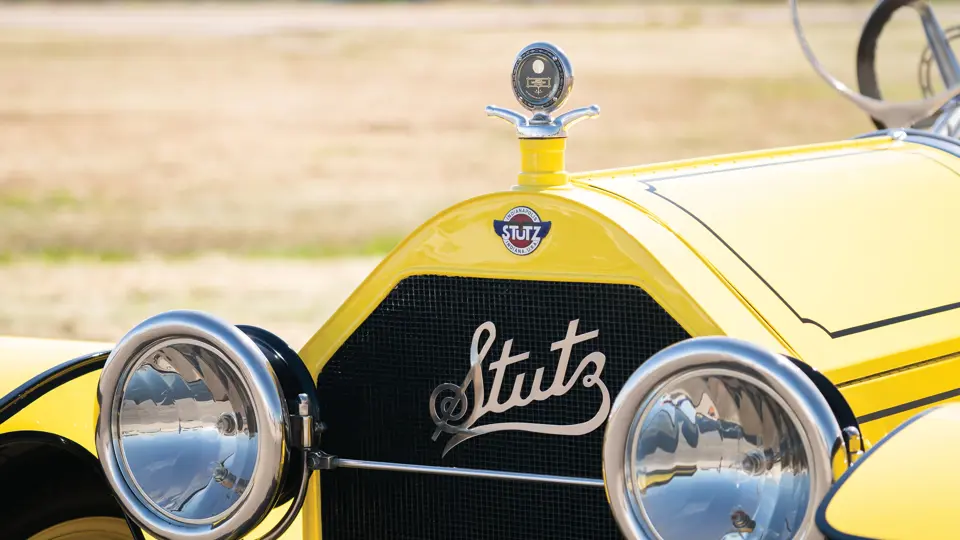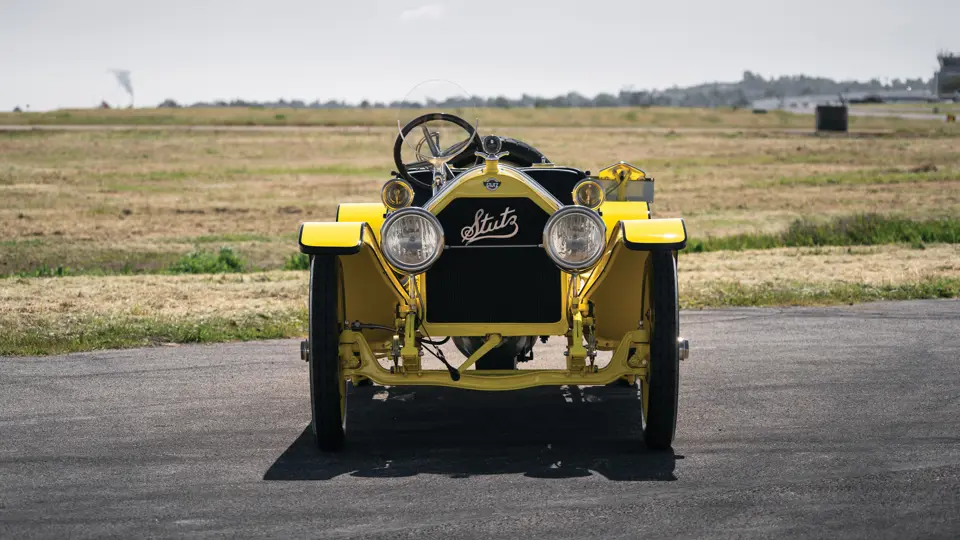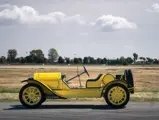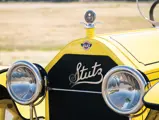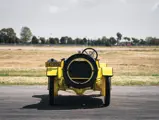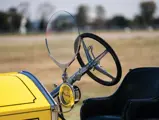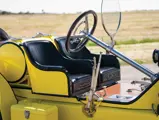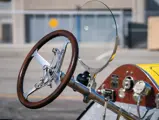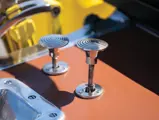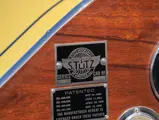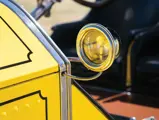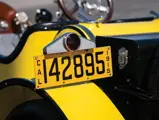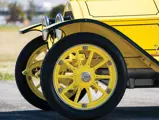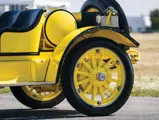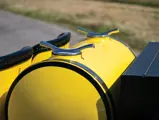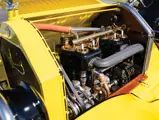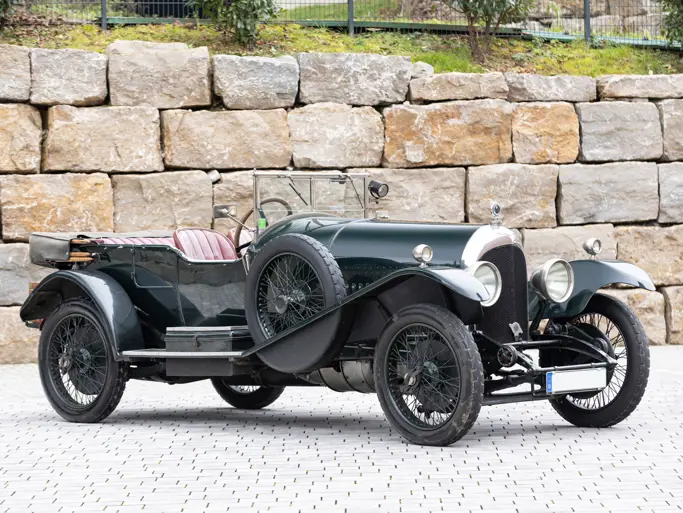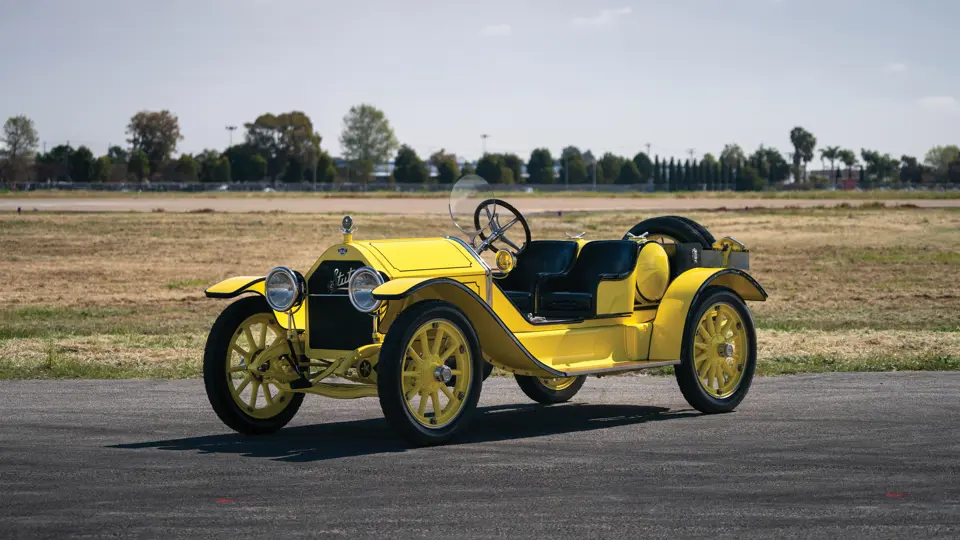
1915 Stutz Model 4F Bearcat
{{lr.item.text}}
$330,000 USD | Sold
The Muckel Collection
{{bidding.lot.reserveStatusFormatted}}
- Offered from the Muckel Collection
- An authentic Bearcat, as noted by late historian Paul Freehill
- Formerly of the Charles LeMaitre and James Bradley collections
- Well-preserved, award-winning restoration
- One of America’s earliest sports cars; a performance icon of its time
Perhaps a few in the stands at Indianapolis in 1911 saw Harry C. Stutz’s creation coming, but they were in the minority, as they were engineers and fellow veterans of the early automobile industry, and they knew Stutz’s genius. The car that he built under his own name averaged 62.375 mph for 500 miles in that first running of the 500, running with only minimal mechanical adjustment and 13 pit stops, 11 of which being for tires. Though it did not win the race, its durable performance was considered outstanding for a first independent production effort. Stutz took advantage of the notice, promoting his car as “the Car That Made Good in a Day.”
The production version of that car was the Model A Bear Cat of 1912. It was powered by a Wisconsin-built mill that Stutz historian Raymond Katzell referred to as “of appropriate size, that had already accumulated a splendid record for stamina and performance in racing.” Harry Stutz’s mechanical brilliance increased the engine’s performance to an estimated 60 horsepower, which was fed to the rear wheels through a transaxle—a technological advancement that was some five decades ahead of its time. When installed on a 118-inch wheelbase chassis with the Bear Cat’s minimal bodywork, which comprised just seats and tanks, the Wisconsin T-head four propelled it to superb speeds from an already extremely lightweight performance-designed chassis.
The sporty Bear Cat was promoted by Stutz to the carbon copy of their racing model. “We are now building duplicates of this ‘car that made good in a day’ with absolutely the same material, workmanship, and design,” boasted the 1912 factory catalogue. True indeed, as men of the era, with money to burn and gasoline in their blood, took to the dirt and board tracks in Bear Cats, setting up a heated rivalry with competitors, most famously the Mercer Raceabout of New Jersey.
THIS BEARCAT
The 1915 Stutz Model 4F offered here was discovered in a shipping container in England in 1982 carrying a 1920s-style body. The late Brass Era Stutz expert Paul Freehill, of Stutz Specialties in Fort Wayne, Indiana, inspected the car and identified the gas tank as an original, correct 1915 Bearcat unit, in addition to verifying that the frame had the correct 118-inch span, both as noted in correspondence from Mr. Freehill, which is included in the file. Thus, it was determined that this car had been born originally as a Bearcat and was among the authentic survivors. Mr. Freehill built a correct 1915 Bearcat body and shipped it to England, where it was mounted on the chassis.
In the mid-1980s, the car returned to the United States, having been purchased by Willis Boyd of Santa Ana, California, who completed a fresh restoration. The car then passed through the well-known collections of Charles LeMaitre and James Bradley. In 2005 the car received further restoration work, including an engine rebuild by Charlie Troutman, and was shown by Mr. Bradley at the Meadowbrook Concours d’Elegance as part of the Magnificent Brass Cars class. It was later part of a well-known Southwestern collection before John Muckel acquired it in 2010.
Mr. Muckel has continued to make occasional show appearances with the Stutz, most prominently at the 2011 Ironstone Concours, where it was judged Best in Class and, thrillingly, Open Best of Show. It is still very thrilling to drive and remains in fine overall condition, ready for either extended touring or further show appearances—whichever the new owner prefers at the wheel of one of America’s original high-performance sports cars.


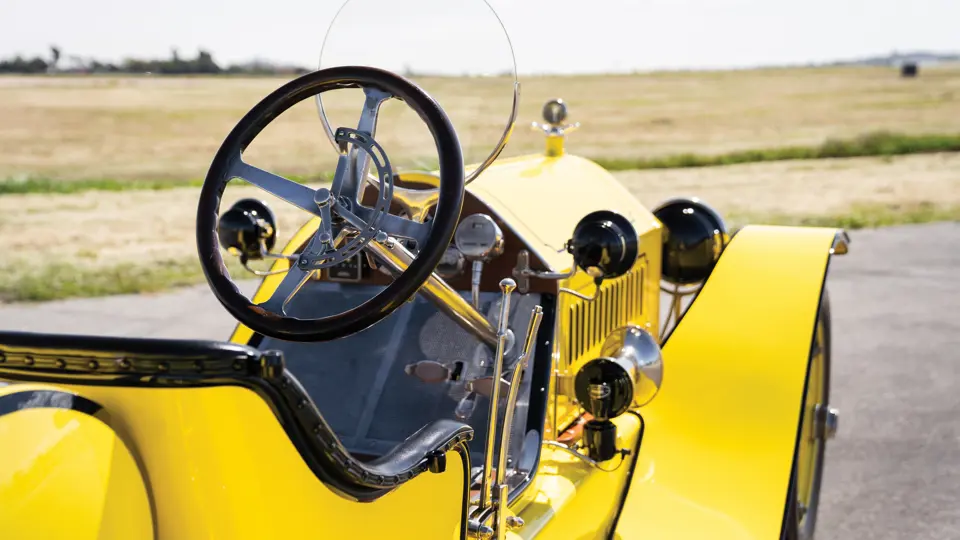

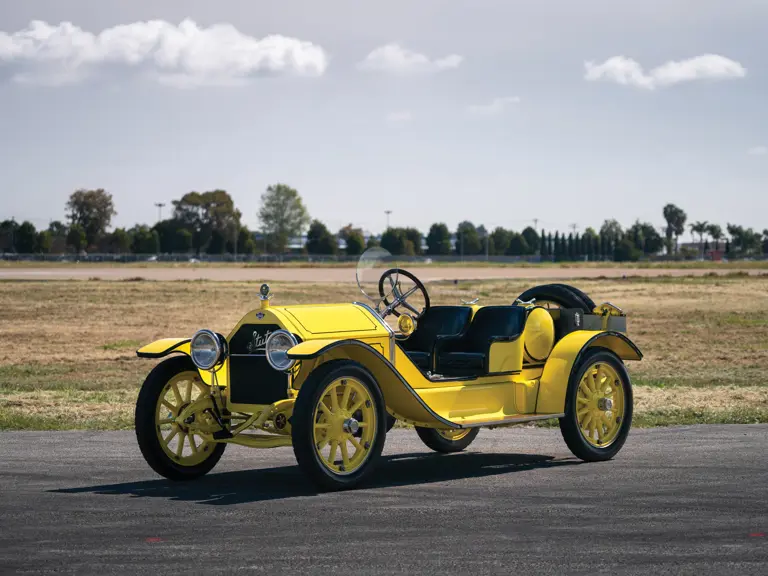
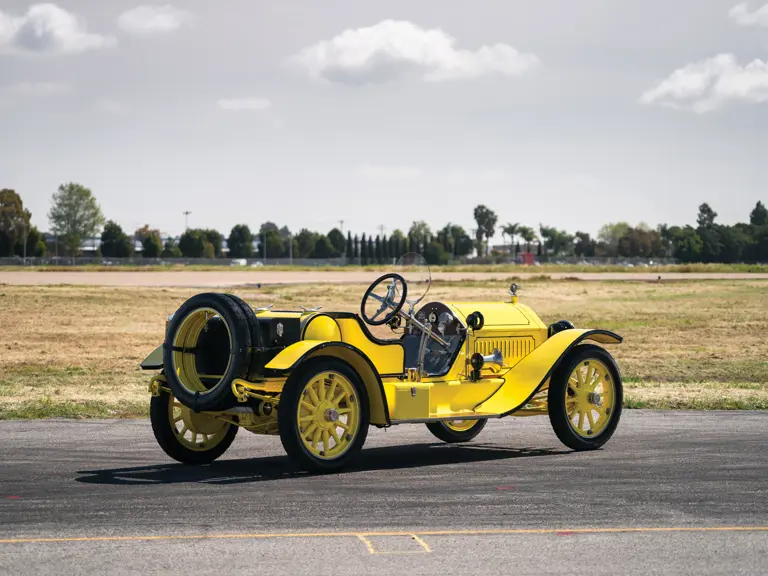
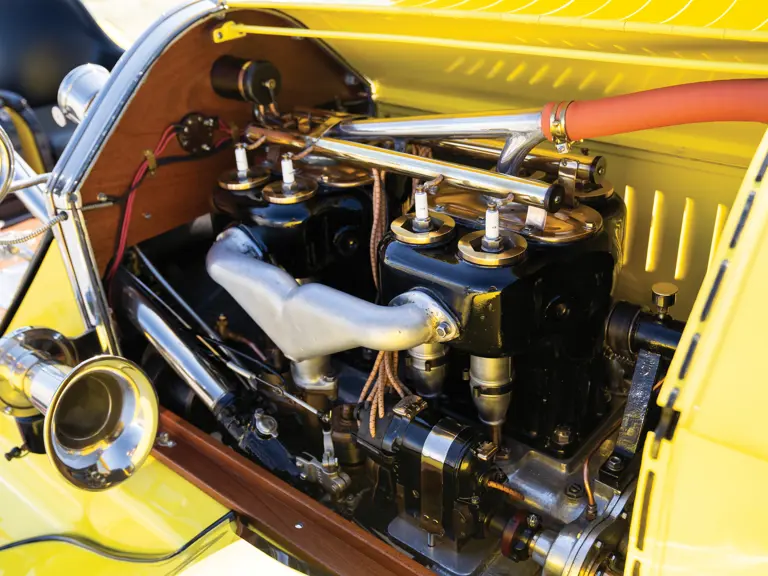

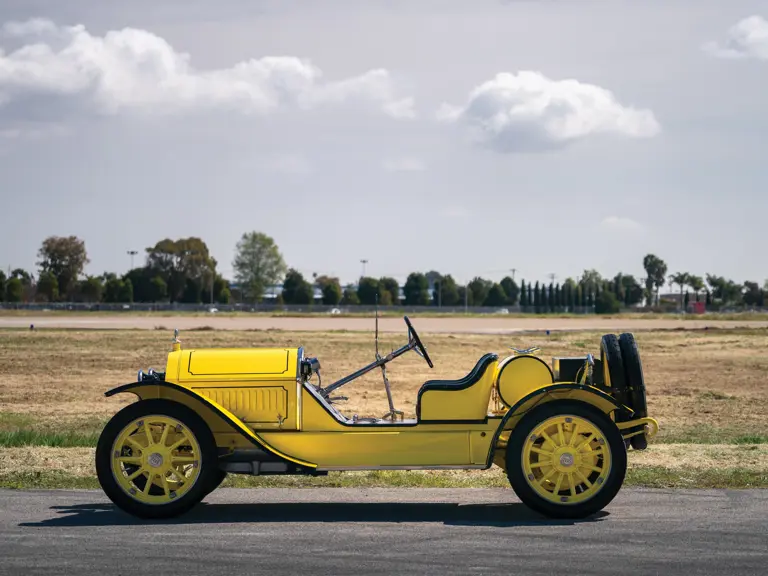
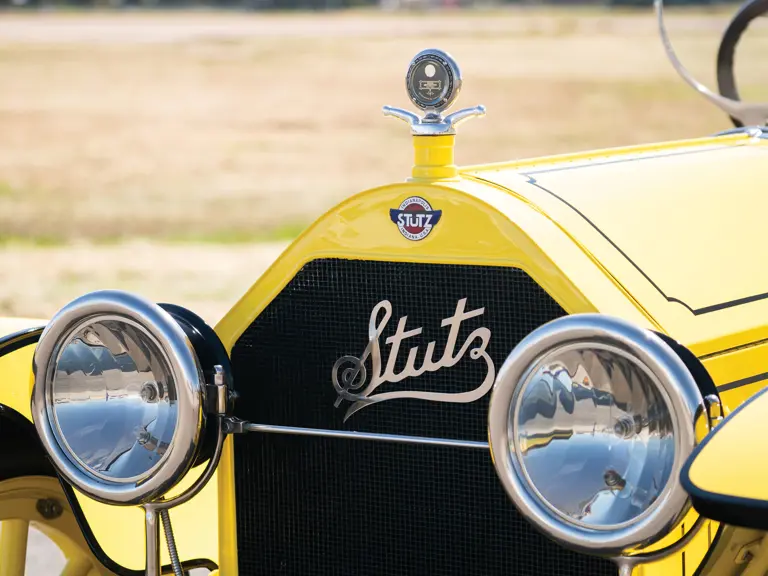
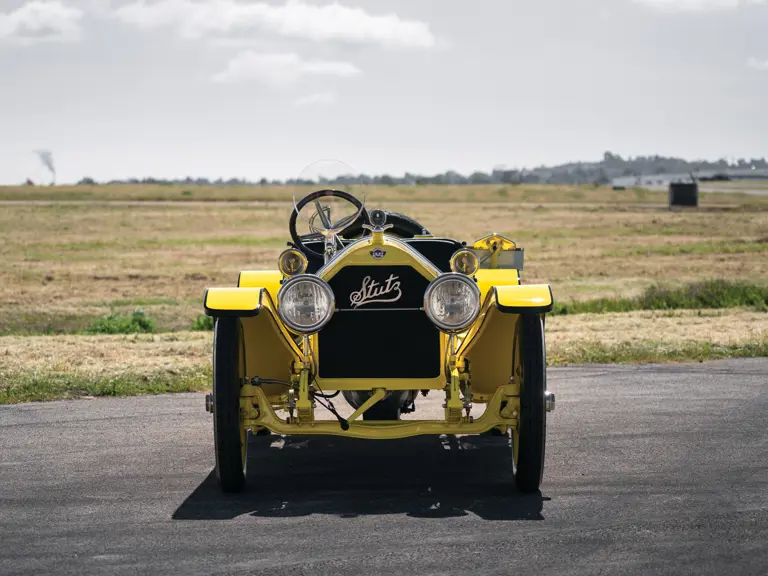
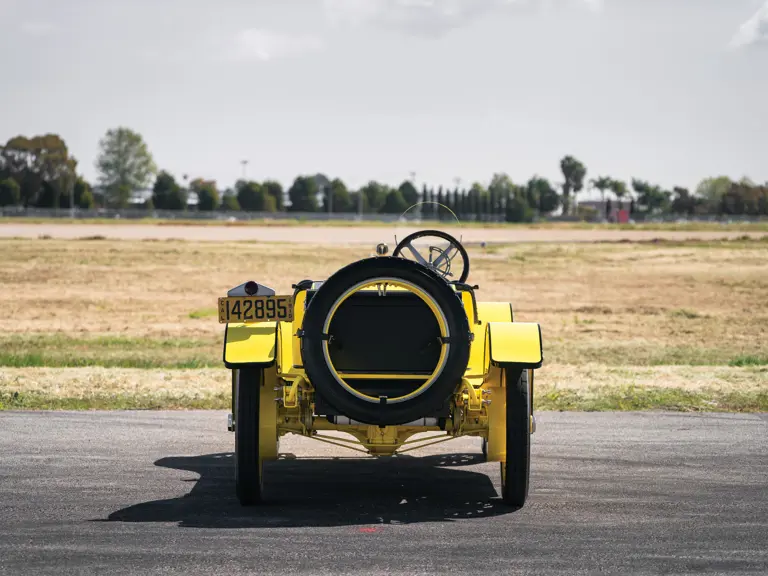
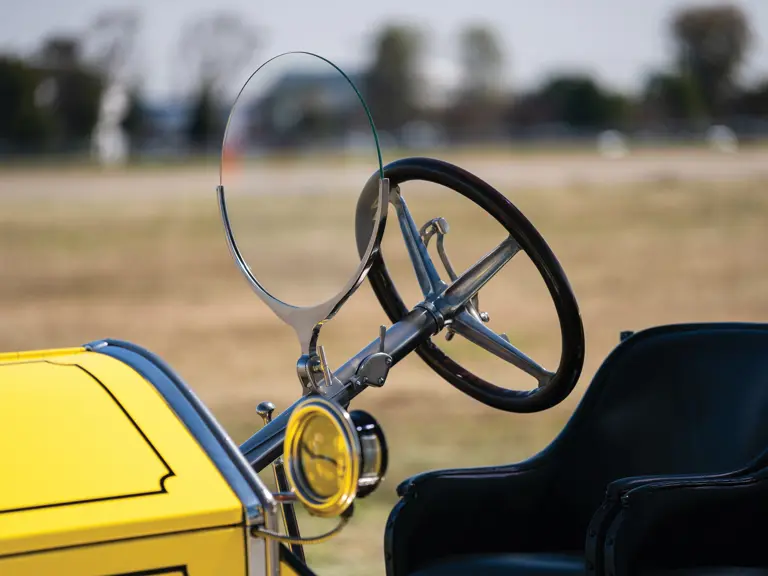
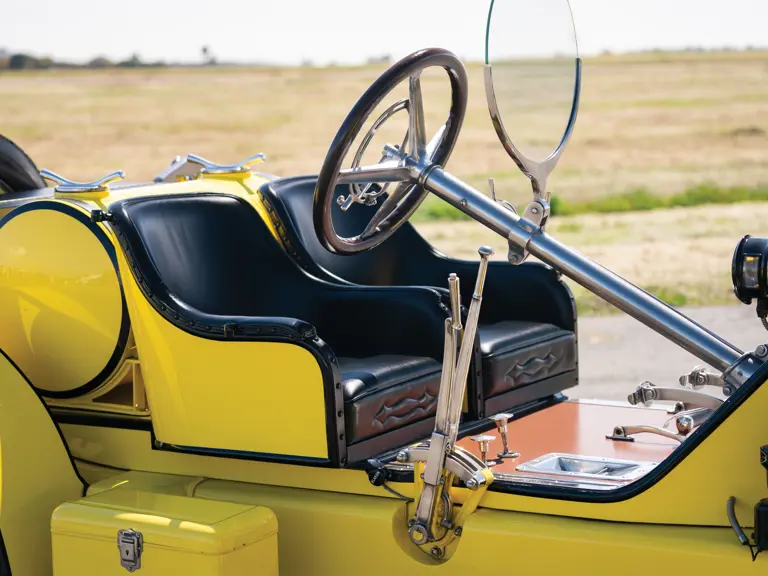
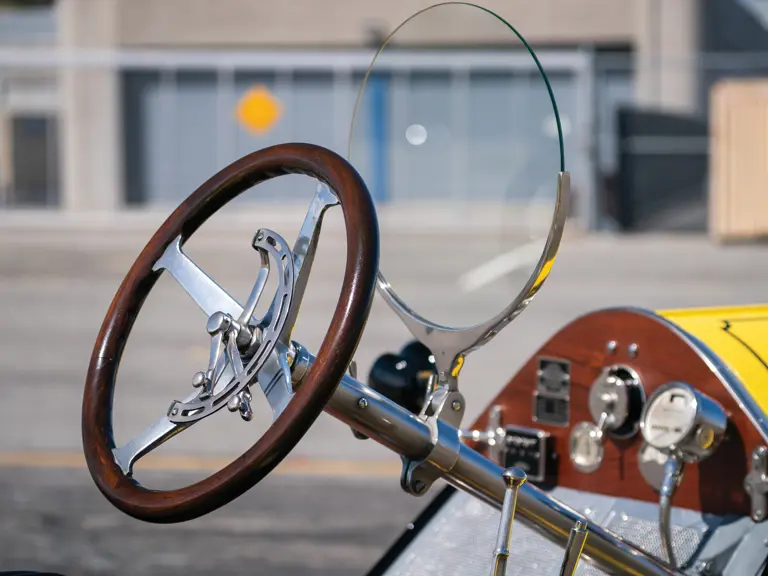
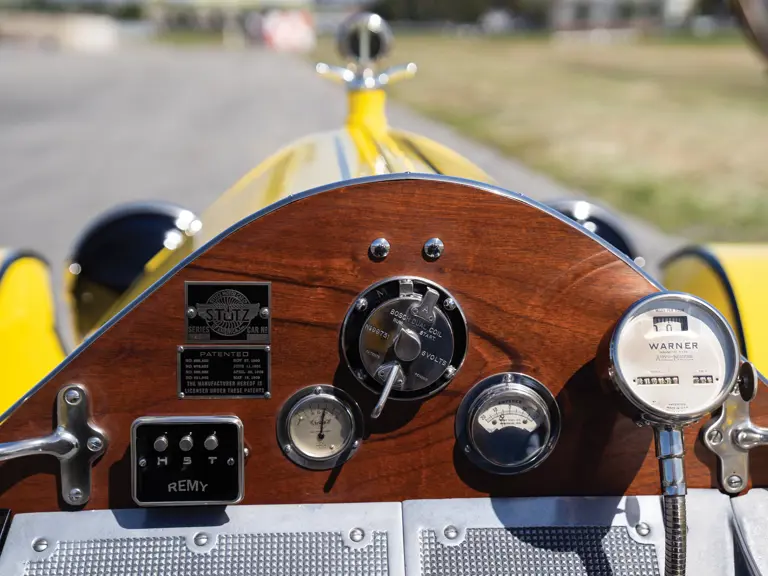
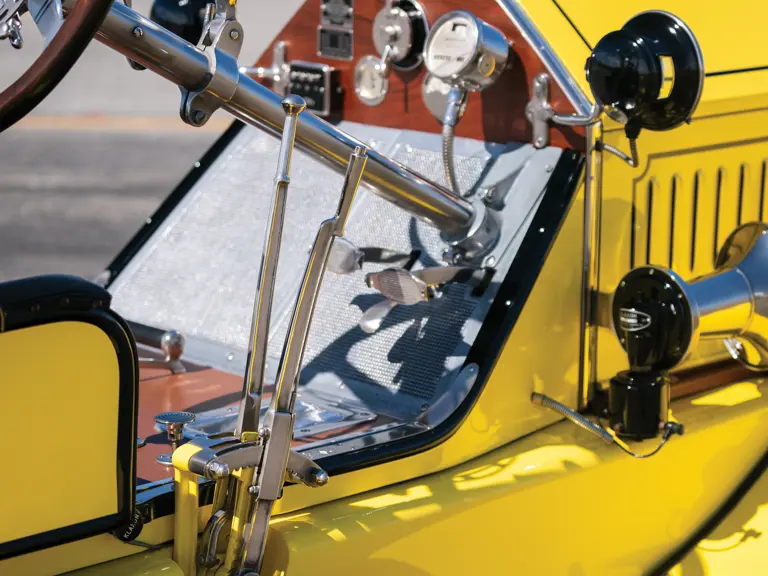
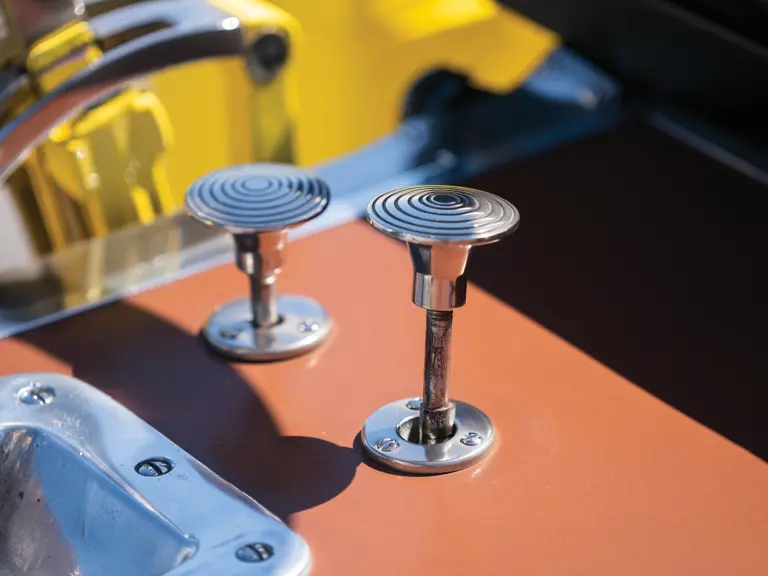

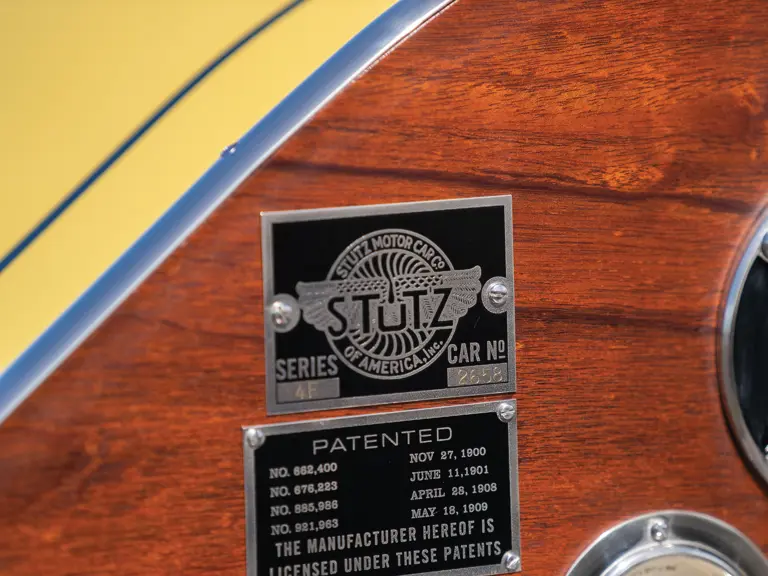
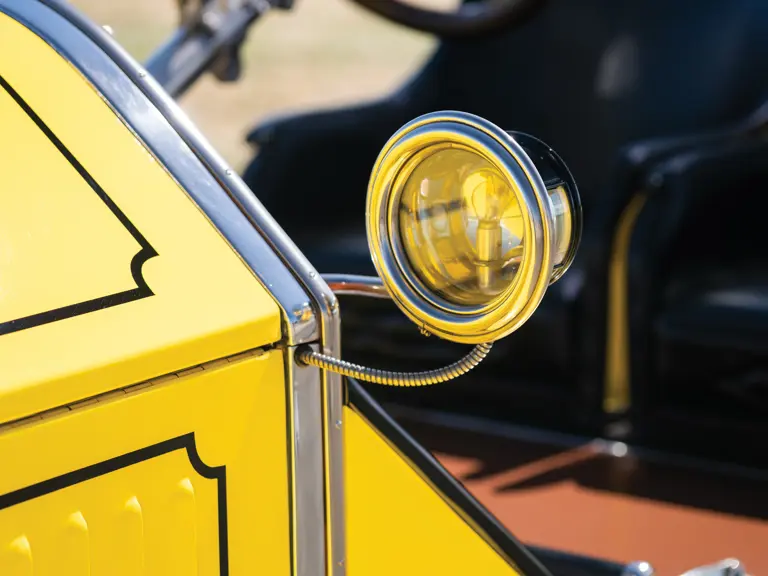

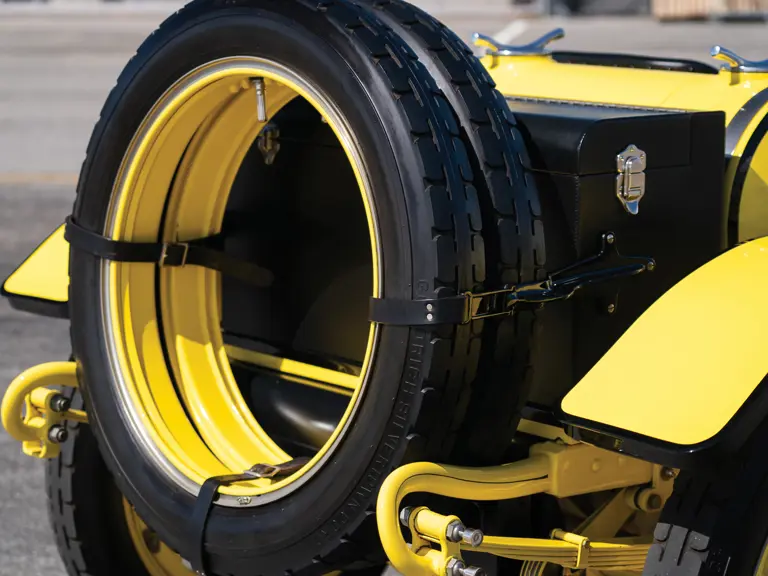
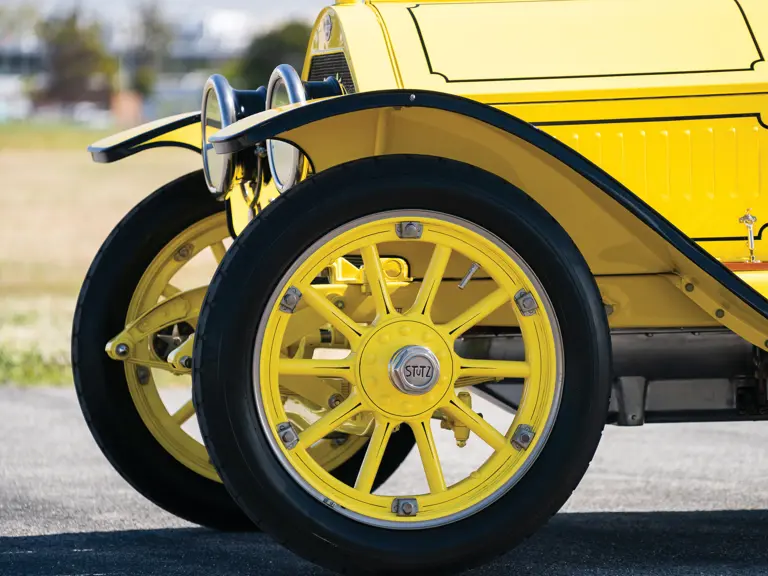

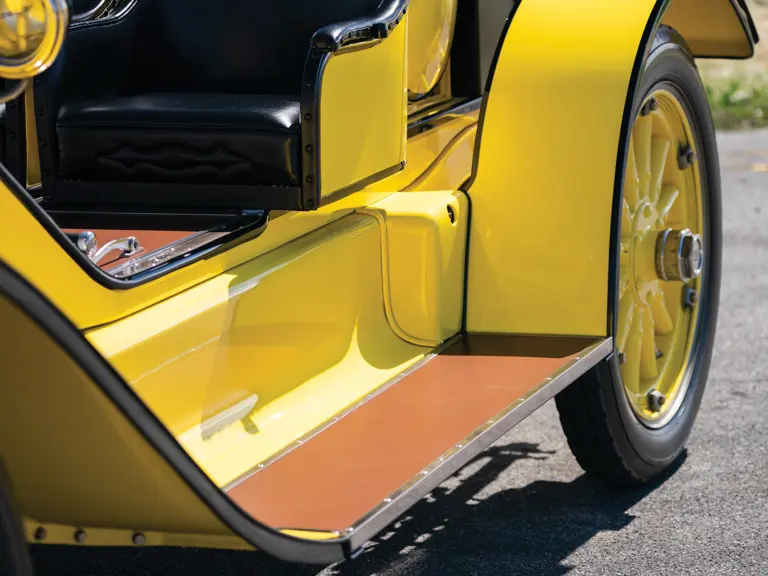
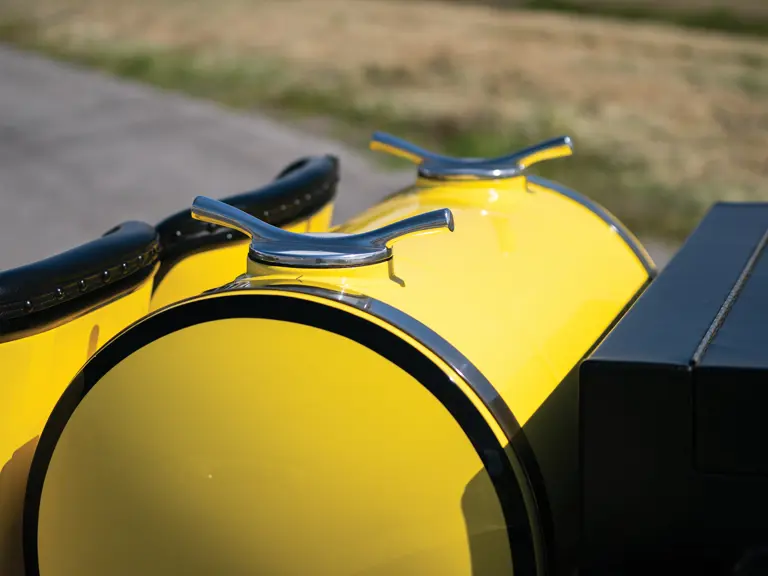

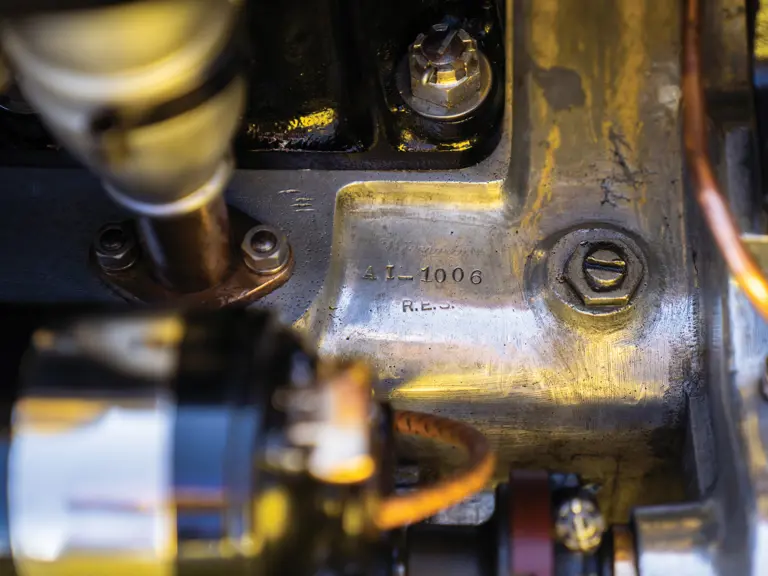
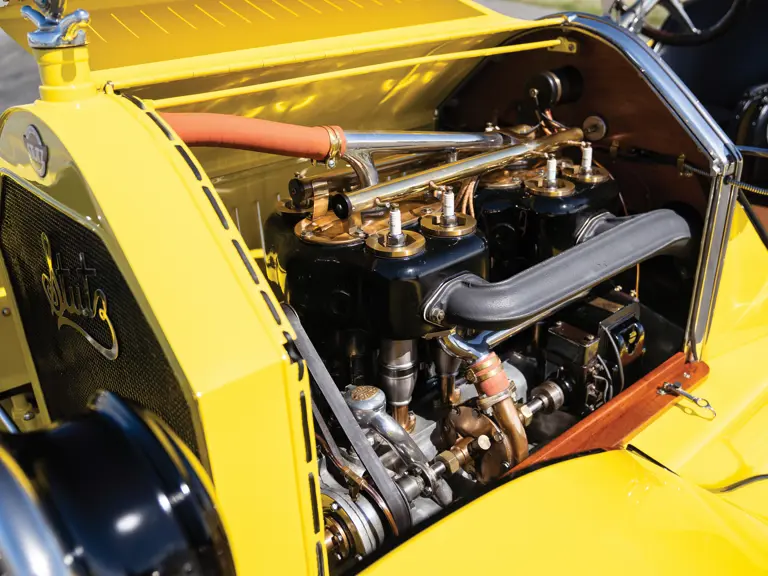
 | Hershey, Pennsylvania
| Hershey, Pennsylvania

